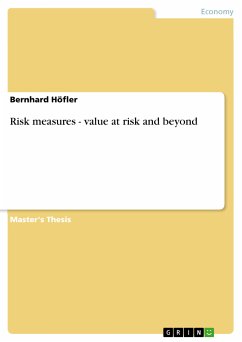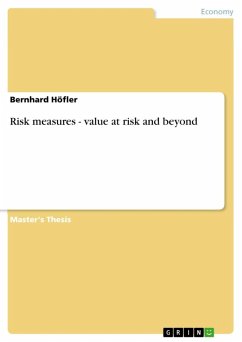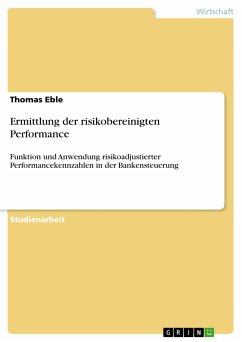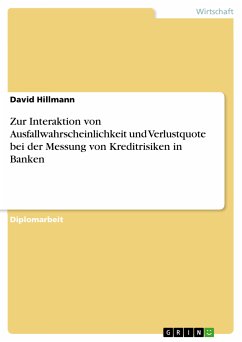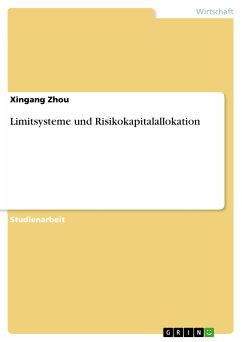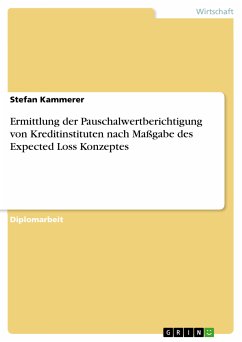Master's Thesis from the year 2007 in the subject Business economics - Banking, Stock Exchanges, Insurance, Accounting, grade: 1 (A), University of Graz (Institut für Finanzwirtschaft), language: English, abstract: This thesis provides an exhaustive and well-founded overview of risk measures, in particular of Value at Risk (VaR) and risk measures beyond VaR. Corporations are exposed to different kinds of risks and therefore risk management has become a central task for a successful company. VaR is nowadays widely adapted internationally to measure market risk and is the most frequently used risk measure amongst practitioners due to the fact that the concept offers several advantages. However, VaR also has its drawbacks and hence there have been and still are endeavours to improve VaR and to find better risk measures. In seeking alternative risk measures to try to overcome VaR’s disadvantages, while still keeping its advantages, risk measures beyond VaR were introduced. The most important alternative risk measures such as Tail Conditional Expectation, Worst Conditional Expectation, Expected Shortfall, Conditional VaR, and Expected Tail Loss are presented in detail in the thesis. It has been found that the listed risk measures are very similar concepts of overcoming the deficiencies of VaR and that there is no clear distinction between them in the literature – ‘confusion of tongues’ would be an appropriate expression. Two concepts have become widespread in the literature in recent years: Conditional VaR and Expected Shortfall, however there are situations where it can be seen that these are simply different terms for the same measure. Additionally other concepts are touched upon (Conditional Drawdown at Risk, Expected Regret, Spectral Risk Measures, Distortion Risk Measures, and other risk measures) and modifications of VaR (Conditional Autoregressive VaR, Modified VaR, Stable modelling of VaR) are introduced. Recapitulatory the basic findings of the thesis are that there are numerous sophisticated alternative measures and concepts readily available, that there prevails a ‘confusion of tongues’ with the alternative risk measures in the respective literature and that promising theories and models are on the verge of entering the mainstream financial risk management stage. At the end of the day however neither VaR nor any other introduced risk measure is perfect. There are certain limitations aligned with every method; no single method is the best risk measure.

